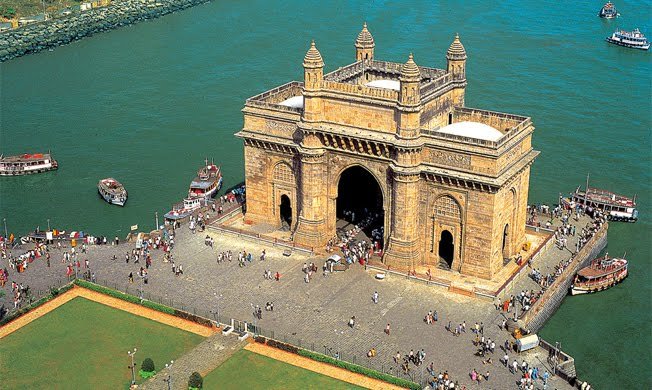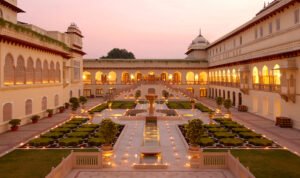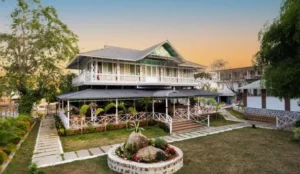Introduction
The Gateway of India, one of Mumbai’s most iconic landmarks, stands as a magnificent symbol of colonial history, architectural grandeur, and cultural significance. Overlooking the Arabian Sea, this imposing monument was built to commemorate the arrival of King George V and Queen Mary in India in 1911. Today, it is a popular tourist attraction, a historical reminder of British rule, and a bustling spot for locals and visitors alike.
Historical Significance
The foundation stone was laid in 1911, and the structure was completed in 1924.
It was designed by George Wittet, a Scottish architect, blending Indo-Saracenic, Mughal, and Gothic architectural styles.
The last British troops to leave India after independence in 1947 passed through this archway, marking the end of British colonial rule.
Architectural Highlights
Grand Archway: The monument stands 26 meters (85 feet) tall, built from yellow basalt and reinforced concrete.
Blending Styles: The design incorporates elements of Mughal, Hindu, and Gothic architecture, reflecting India’s diverse heritage.
Seafront Location: Facing the Arabian Sea, it provides a breathtaking view, especially at sunset.
Cultural & Tourist Importance
A popular gathering spot for both tourists and locals.
The starting point for ferry rides to Elephanta Caves, a UNESCO World Heritage Site.
Surrounded by iconic landmarks like the Taj Mahal Palace Hotel.
Best Time to Visit
Early mornings or evenings for a peaceful experience.
The winter months (November to February) are ideal due to pleasant weather.
Visiting Information
Location: Apollo Bunder, Colaba, Mumbai
Entry Fee: Free
Timings: Open 24 hours
Nearest Railway Station: Chhatrapati Shivaji Maharaj Terminus (CST)









